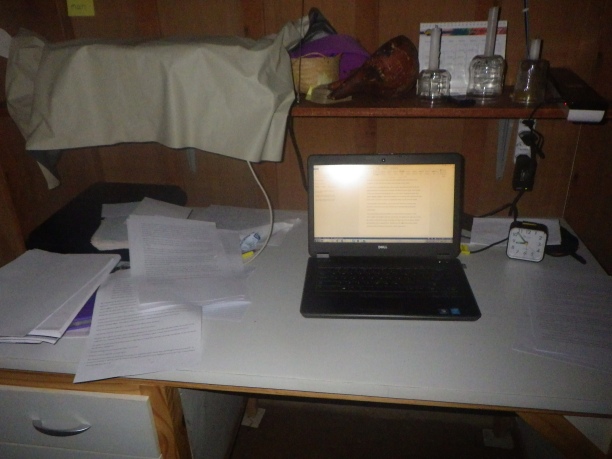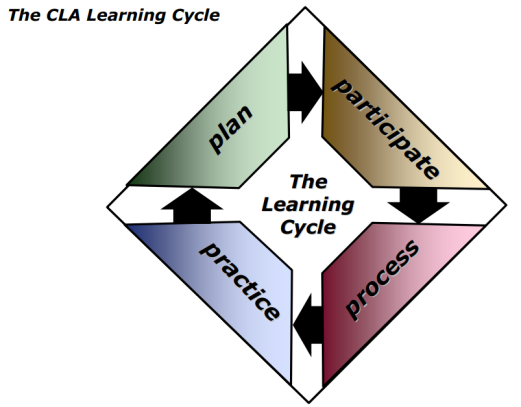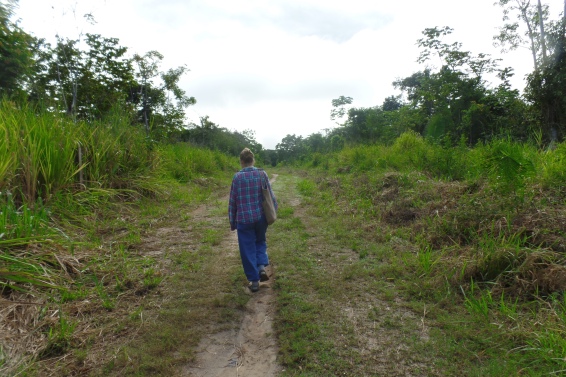Becoming…The Journey to Lose Myself in an Amazon Village

Participate! In my book, the second P of the ACL learning cycle is the most fun and exciting of the four. My sister must have agreed, because she was always up for participating in a culture event, especially if it involved walking deep into the jungle.
Do you want to know the best advice I was ever given when learning Portuguese?
Don’t learn the language. Live the language. – Antonio and Gustavo –
Credit goes to my Brasilian brothers for sharing that unforgettable pearl of wisdom, which captures the essence of Participate with inspiring words that continue to stir enthusiasm in this language learner’s heart.
What could be more motivating than doing life with neighbors and friends, after all? At least for someone who genuinely loves people and enjoys social interaction (despite being an introvert) this job/ministry sometimes seems light on the work and heavy on the delight. Just consider my daily work routine as intentional, purposeful “hanging out”. Some might prefer to call this “chilling” but in the scorching temperatures we face here, that word would be incongruous, if not absurd.
Participation, or “living the language” is the best way to begin relationships, deepen friendships, attain fluency in the language, understand who the people in this community are, and how they view the world. Participation provides diverse opportunities to enter the daily routines of my friends in a way that textbook learning could never imitate.
During Participation in a Culture Event, an ACL learner is expected to:
- Observe. (Watch, listen, and learn. My friends are the experts).
- Record. (Take notes, record audio or video, take photos).
- Elicit language and culture. (Figure out what can be learned from the event).
- Join in. (As invited or allowed, without taking away from the natural flow of the event).
Essential tools for Participation:
- teachable spirit
- paying-attention skills
- sense of adventure
- flexibility
- patience
- camera
- notebook and pen
- voice recorder
- (additional tools vary according to the event)
So, are you ready for my surefire, foolproof, satisfaction-guaranteed-or-your-money-back list of fun things to do with your neighbors if you ever happen to live in an Amazon village? Here we go!
- Eat wild pig’s head. Nothing like a community gathering around the supper table for great food and time together. Only this meal often takes place between 8 and 10 AM. And instead of sitting around a table, try squatting around huge metal basins which contain the pig’s head and manioc or another root vegetable. Make sure you grab fast, ripping off chunks with your fingers, no matter how hot the meat and manioc is. At village “potlucks”, if you snooze, you lose…literally. So if you like meat (and wild pig is way yummier than boring old grocery store pork), head to the pig feed as soon as you hear the shrill call, “Come and eat pig, ya’all!” It doesn’t last long.
- Dance all night. You don’t know how to dance? No worries. Neither do I, in the technical sense of the term. Here, dancing is just walking/marching/step-stepping around in a circle. Very little skill and coordination required. All you need is a friend, energy, extra coffee, and willingness to deal with a headache the following day.
- Swim in the river. This is a great way to pass time, learn vocabulary, test your memory (since you can’t write new words down while you’re in the water), and cool off on days where the tropical sun threatens to burn you up. If your swimming buddies are children, you may end up spending hours laughing and swimming and playing their version of tag, called “Jaguar!” There aren’t any real jaguars in the river, thankfully; just watch out for anacondas, which have been seen there on rare occasions.
- Burying a dead pet monkey. This doesn’t happen often, but just goes to show that anything that happens in my neighbors’ lives counts as a culture event, and is a learning opportunity. How do they bury the monkey? What do they say? How does the monkey’s owner (a little girl) act? Perhaps the conversation will turn to deeper topics such as their feelings about death in general, or belief in the afterlife.
- Weave baskets. A great opportunity to observe carefully and then try your hand at a new skill, probably amidst much laughter. I did successfully make a basket last year, with help, although it turned out a bit lopsided. Hopefully there will soon be an opportunity to try again. Basket-weaving is a “girls-only” Culture Event however, so the men in my reading audience will have to find their own activity. Making arrows or feather headresses are a couple of “boys-only” alternatives.
- Make manioc root drink. This sugar-sweetened beverage is called “ee”, in a high tone, not to be confused with “ee” in a low tone, which means river. The women spend a lot of time making this. After all, if you don’t have “ee” available for your family at all times, you’re probably not a very good wife and mom. I’ve watched the ee-making process countless times, but it is still a learning opportunity. We often have wonderful conversations in my friends’ kitchens as they peel, cut, cook, strain, and mix.
- Plant sugar cane. Shortly after my arrival in the village I had the chance to participate in this event, and my teacher, Werrig, made a big deal of how well the sugar cane grew, and invited me to help again last year. Although I sweat more that morning than any other morning in my life, planting sugar cane isn’t difficult. Werrig’s encouragement and plan to take me again next planting season had me thinking I must be a natural sugar cane planter, or at least a pretty good helper or a hard worker. Well, come to find out, just last week, that Werrig is convinced that the reason her sugar cane grew nice and thick is because I have fat arms. Just what every girl wants to hear.
- Eat honey. Okay, this one does sound a bit boring. But how will you and your neighbors eat honey unless you have honey? And how will you have honey unless you harvest honey? And how will you harvest honey unless you avoid the beestings? And how will you avoid the beestings unless you light a fire next to the tree you chopped down? And how will you chop down that tree without going deep into the rainforest where you will get lots of ticks? See? That wasn’t so boring after all. And wild Amazon honey is finger-licking delicious.
Well, this list could easily contain 58 Culture Events instead of 8, but it’s a start. Guaranteed to provide fun and laughter with friends, and enough new words to keep your brain working hard as you become part of a new community.
Let’s face it though; you might never actually live in an Amazon village. Yet God designed us human beings to engage with each other in meaningful relationships, no matter where we live, what the culture is or what activity options are available.
So how can you participate in the lives of your neighbors? Maybe God wants to use you to make a difference in the community where you live, or reach out to a specific person or family in need of a new friend. Have you ever made a list of ways to spend time with your neighbors? How might you intentionally begin relationships, deepen current friendships, understand who your neighbors are and how they view the world?






